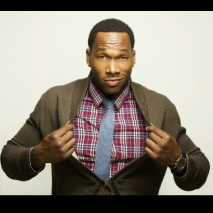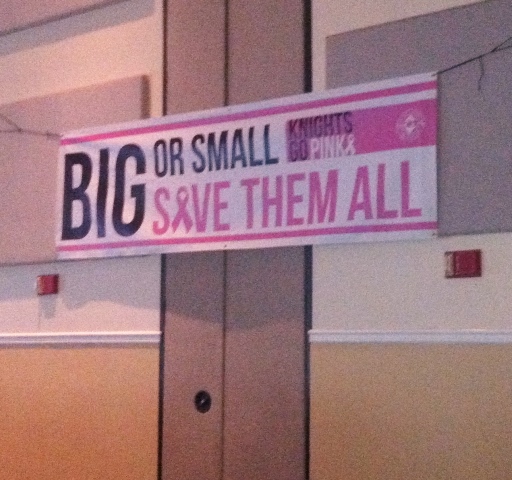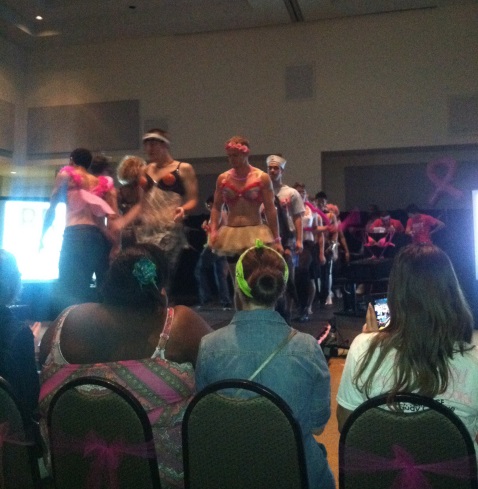While violence is not new to society, it’s an increasing presence to the human race. New gun laws have focused to decrease the access to firearms and explosives, but still with its attempt it is inevitable that violence will prevail. As we narrow the scope into the latest school shootings, bombings, and inflating rate of homicides we notice the ominous trend. Our youth and adolescents are becoming more prone to violent acts. Many factors could be evaluated such as poverty, psychological stresses, and exposure to domestic violence, and even substance abuse. Over the past decades there have been research comparing the relationship between television violence and etiology of youth behavior. It’s not clear who is more acceptable to media violence but for certain there is a correlation between media and human behavior.
Televised violence and the presence of television in American households have increased steadily over the years. In 1950, only 10% of American homes had a television (Beresin). Now television’s are in about 99% of homes and in every bedroom. The increase in television gives children more chances of watching unsupervised programs. Many empirical Tests have suggested correlation between media violence and cognitive behaviors. Studies reveal that children watch approximately 28 hours of Tv a week, more time than they spend in school. The typical American child will view more than 200,000 acts of violence, including more than 16,000 murders before age 18 (Beresin). Children imitate what they see physically and emotionally. Television is playing a huge role in behavior. The environment we live in can influence our actions and the notions we consume with our time.
Not only does television influence aggressive behavior but it also creates an idolization of sensational lifestyles of celebrities. I read an article called Charles in Charge by Rob Sheffield this article focuses on Charlie Sheen and multiple interviews he’s been through in the past year. His antics and impulsive behavior has made Charlie Sheen one of the most recognized actors in television. The violence and drug life style he lives made him known as one of Americas Bad boys. This implies that Sheen’s attitude represent what American’s idolize. Before the charades Charlie was hardly spoke of and mentioned in media but after his huge on air blow up between him and the producer of Two and Half Men and his drug addiction he has found a way to propel his career forward. He tried to prove to the world that no matter if he was fired or not he was still “winning”. “Staring failure in the face and calling it "winning" -- that's the closest thing we have to an American religion.” The fact that Americans relate to Sheen is a scary thought. Being fired from a job and making a fool out of yourself because you think you are above the rules should not be considered “winning”, but sadly it has become the motto of many Americans who follow his ideas. The term winning has become a nation-wide, if not worldwide phrase, that makes a mockery of real success and puts on a pedestal the outlandish behavior that gain attention. This proves we are a product of our environment we attract to negative and superficial lifestyles.
Another widespread argument of media violence is audiences tend to prefer to violent productions more than other genre’s. In Meta-Analytical Review of Selective Exposure to and the Enjoyment of Media Violence by A.J Weaver it shows that violence has effects on both exposure and enjoyment. We like action movies it stimulates us and arouse our motives. For example there are so many shows these days that are award-winning shows that include an excess of violent behaviors, but these behaviors are portrayed as necessary. For example, in a very popular show that I watch myself, The Walking Dead, violence is necessary for survival. In the series, zombies have taken over and the only way to prevent being bitten or eaten by the zombies is to stab them straight through the brain with any object in sight. Now, hopefully, most people know that this is not normal behavior nor is it realistic, but it does desensitize people to the use of guns, knives, and bow-and-arrows to the brain. I’ve never seen a show depict so much violence, but that is what makes it unique. The problem is that when people identify with characters on a show, they may subconsciously identify with their violent behaviors because of desensitization. Another interesting point is that advisory notices of violence and inappropriate content on television for younger audiences may spark even more curiosity in viewers.
How can society address these issues? Television personalities have the power to alter the American modern lifestyle and infiltrate mass media. Using an interdisciplinary approach many disciplines can be integrated in solving the issue. We have to evaluate key issues and use appropriate approaches. Psychiatrist, pediatricians, and physician can play important roles by influencing parents to reduce the amount of television children watches a day. Laws can prohibit production companies from producing extensive violent portraying acts. Mass media can be more sensitive to films and series being released. Those disciplines have the power to change this ongoing issue. Media influences are a new frontier and coming up with solutions to diminish its effect is crucial for our generation.
Work cited
Beresin, Eugene. "The Impact of Media Violence on Children and Adolescents: Opportunities for Clinical Interventions." American Academy of Child & Adolescent Psychiatry. Develop Mentor, 2 12 2010. Web. 22 Apr 2013.
http://www.aacap.org/cs/root/developmentor/the_impact_of_media_violence_on_children_and_adolescents_opportunities_for_clinical_interventions>.
Televised violence and the presence of television in American households have increased steadily over the years. In 1950, only 10% of American homes had a television (Beresin). Now television’s are in about 99% of homes and in every bedroom. The increase in television gives children more chances of watching unsupervised programs. Many empirical Tests have suggested correlation between media violence and cognitive behaviors. Studies reveal that children watch approximately 28 hours of Tv a week, more time than they spend in school. The typical American child will view more than 200,000 acts of violence, including more than 16,000 murders before age 18 (Beresin). Children imitate what they see physically and emotionally. Television is playing a huge role in behavior. The environment we live in can influence our actions and the notions we consume with our time.
Not only does television influence aggressive behavior but it also creates an idolization of sensational lifestyles of celebrities. I read an article called Charles in Charge by Rob Sheffield this article focuses on Charlie Sheen and multiple interviews he’s been through in the past year. His antics and impulsive behavior has made Charlie Sheen one of the most recognized actors in television. The violence and drug life style he lives made him known as one of Americas Bad boys. This implies that Sheen’s attitude represent what American’s idolize. Before the charades Charlie was hardly spoke of and mentioned in media but after his huge on air blow up between him and the producer of Two and Half Men and his drug addiction he has found a way to propel his career forward. He tried to prove to the world that no matter if he was fired or not he was still “winning”. “Staring failure in the face and calling it "winning" -- that's the closest thing we have to an American religion.” The fact that Americans relate to Sheen is a scary thought. Being fired from a job and making a fool out of yourself because you think you are above the rules should not be considered “winning”, but sadly it has become the motto of many Americans who follow his ideas. The term winning has become a nation-wide, if not worldwide phrase, that makes a mockery of real success and puts on a pedestal the outlandish behavior that gain attention. This proves we are a product of our environment we attract to negative and superficial lifestyles.
Another widespread argument of media violence is audiences tend to prefer to violent productions more than other genre’s. In Meta-Analytical Review of Selective Exposure to and the Enjoyment of Media Violence by A.J Weaver it shows that violence has effects on both exposure and enjoyment. We like action movies it stimulates us and arouse our motives. For example there are so many shows these days that are award-winning shows that include an excess of violent behaviors, but these behaviors are portrayed as necessary. For example, in a very popular show that I watch myself, The Walking Dead, violence is necessary for survival. In the series, zombies have taken over and the only way to prevent being bitten or eaten by the zombies is to stab them straight through the brain with any object in sight. Now, hopefully, most people know that this is not normal behavior nor is it realistic, but it does desensitize people to the use of guns, knives, and bow-and-arrows to the brain. I’ve never seen a show depict so much violence, but that is what makes it unique. The problem is that when people identify with characters on a show, they may subconsciously identify with their violent behaviors because of desensitization. Another interesting point is that advisory notices of violence and inappropriate content on television for younger audiences may spark even more curiosity in viewers.
How can society address these issues? Television personalities have the power to alter the American modern lifestyle and infiltrate mass media. Using an interdisciplinary approach many disciplines can be integrated in solving the issue. We have to evaluate key issues and use appropriate approaches. Psychiatrist, pediatricians, and physician can play important roles by influencing parents to reduce the amount of television children watches a day. Laws can prohibit production companies from producing extensive violent portraying acts. Mass media can be more sensitive to films and series being released. Those disciplines have the power to change this ongoing issue. Media influences are a new frontier and coming up with solutions to diminish its effect is crucial for our generation.
Work cited
Beresin, Eugene. "The Impact of Media Violence on Children and Adolescents: Opportunities for Clinical Interventions." American Academy of Child & Adolescent Psychiatry. Develop Mentor, 2 12 2010. Web. 22 Apr 2013.
http://www.aacap.org/cs/root/developmentor/the_impact_of_media_violence_on_children_and_adolescents_opportunities_for_clinical_interventions>.




 RSS Feed
RSS Feed